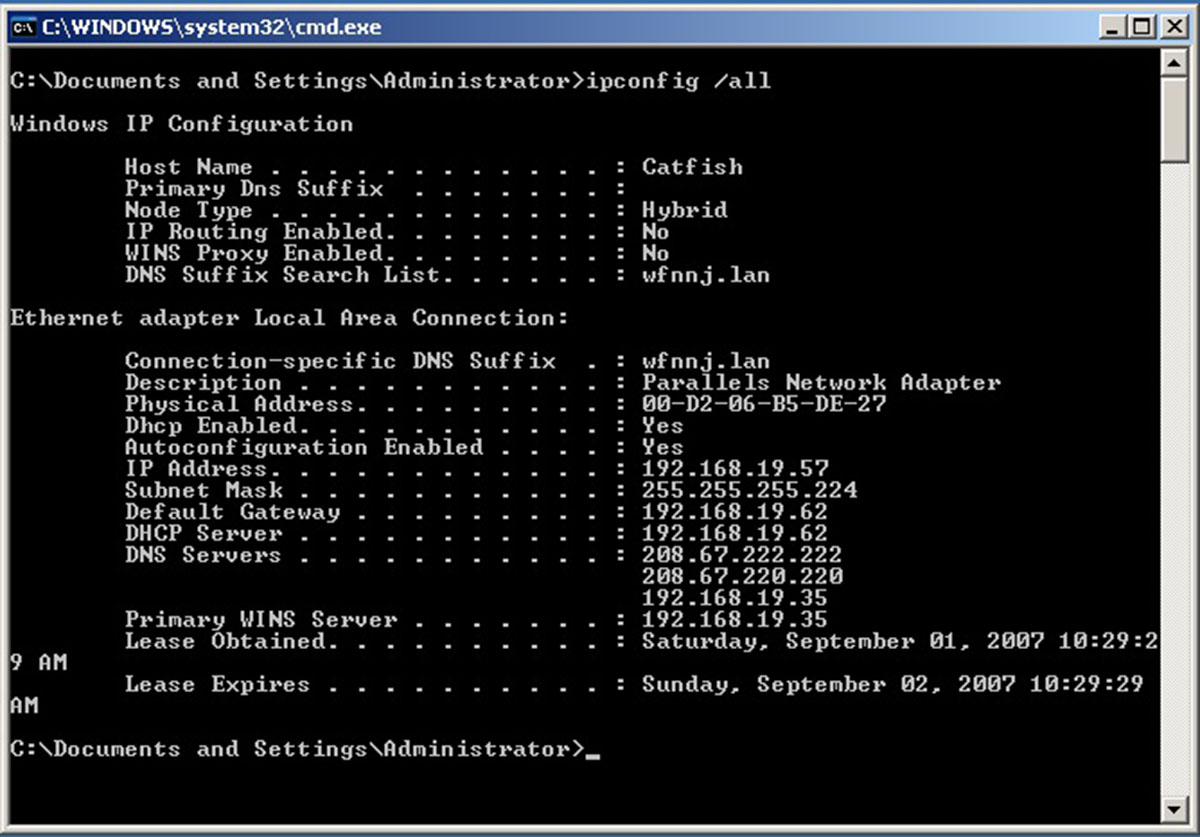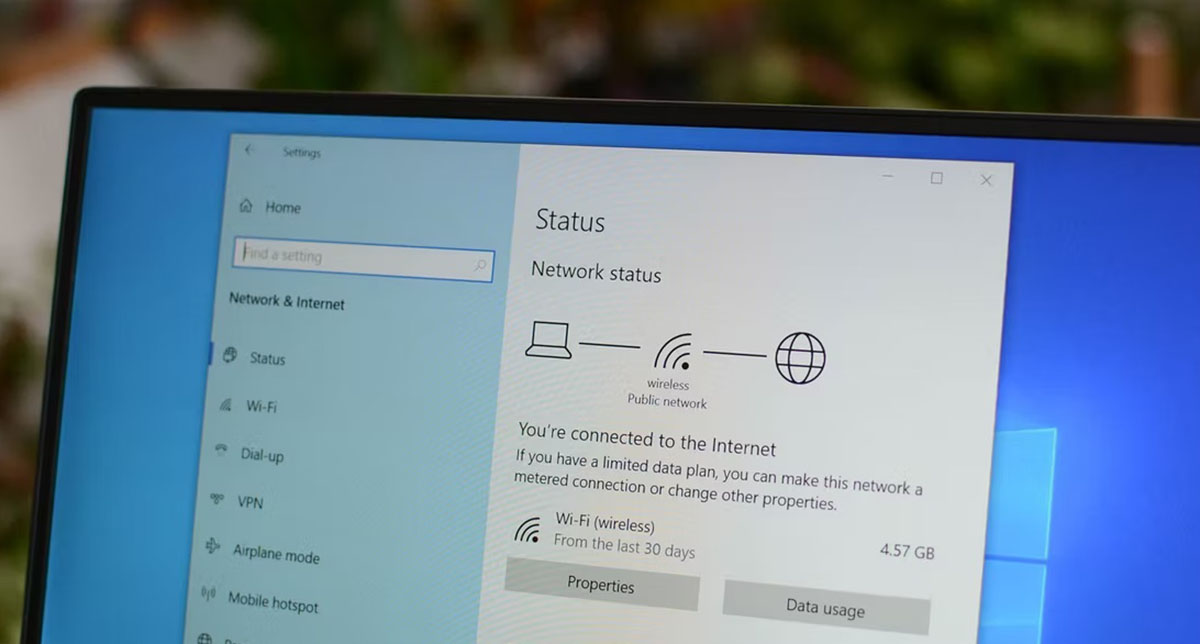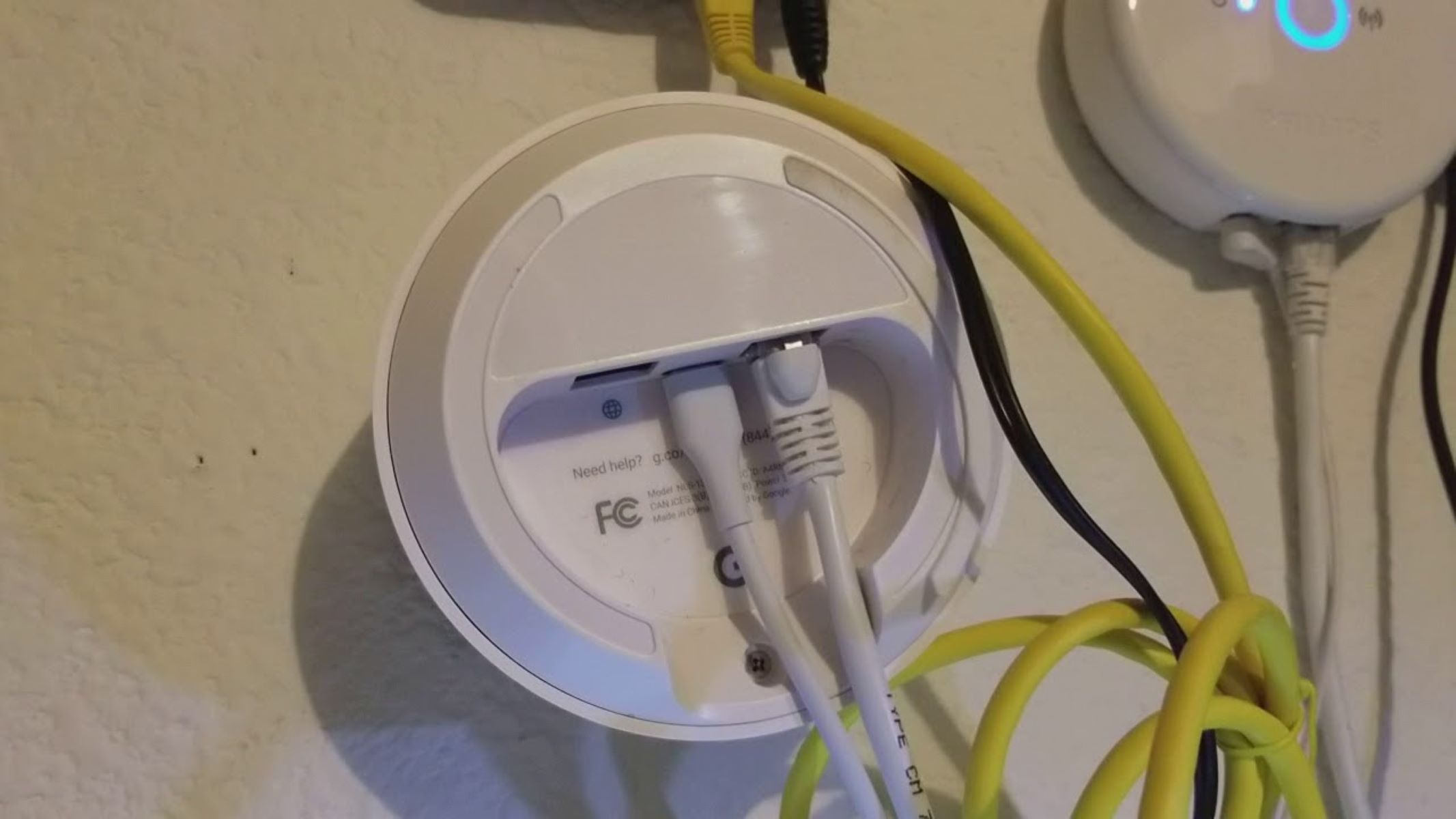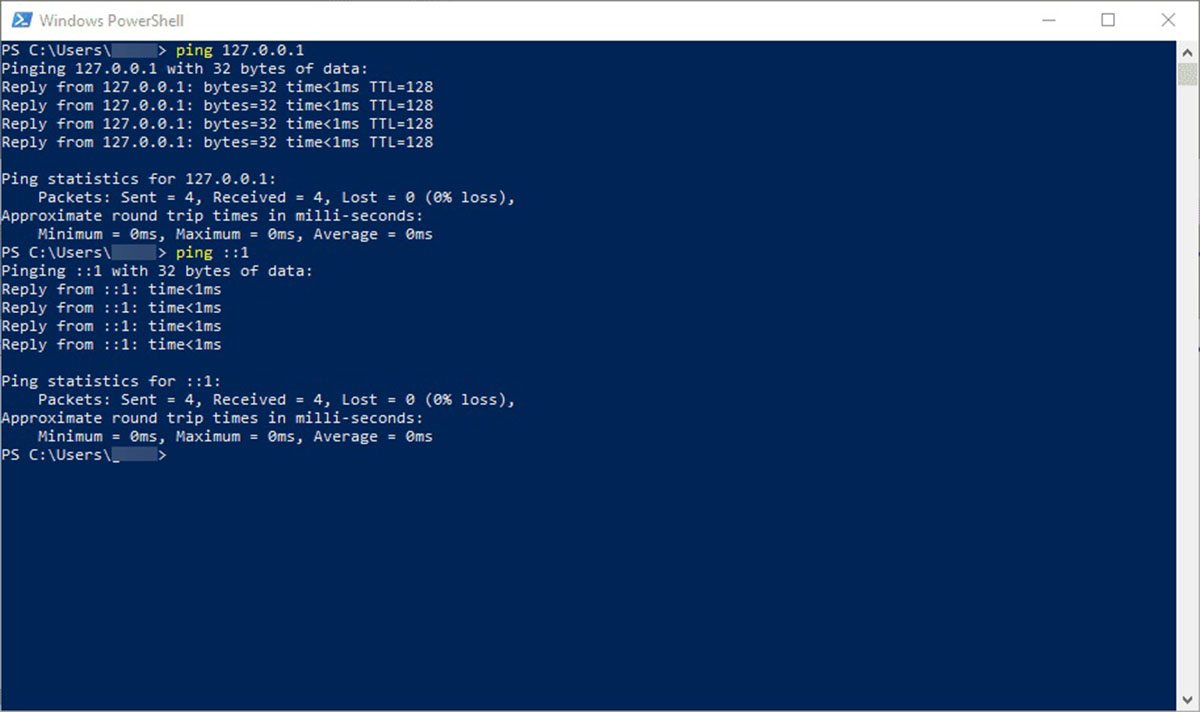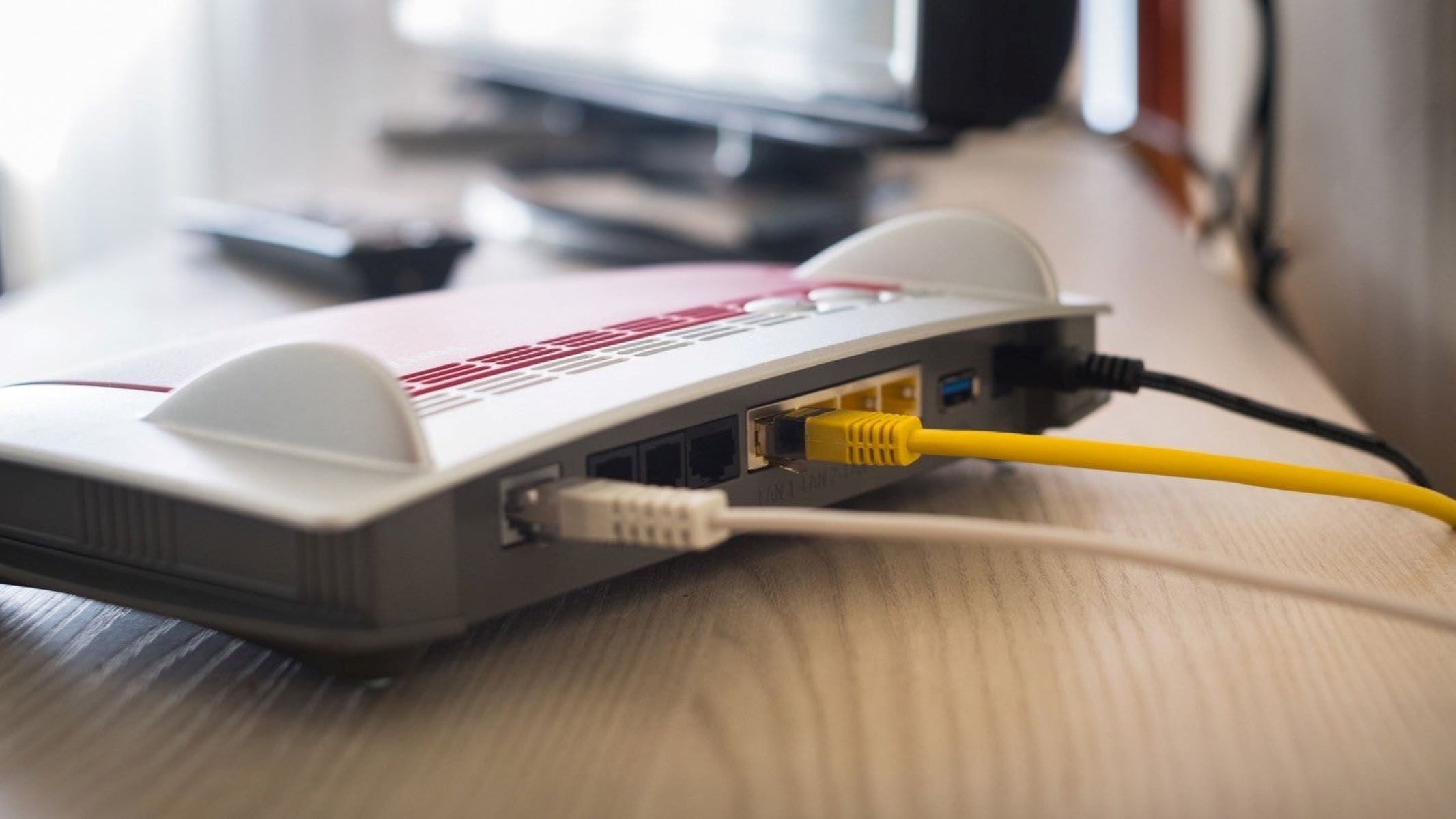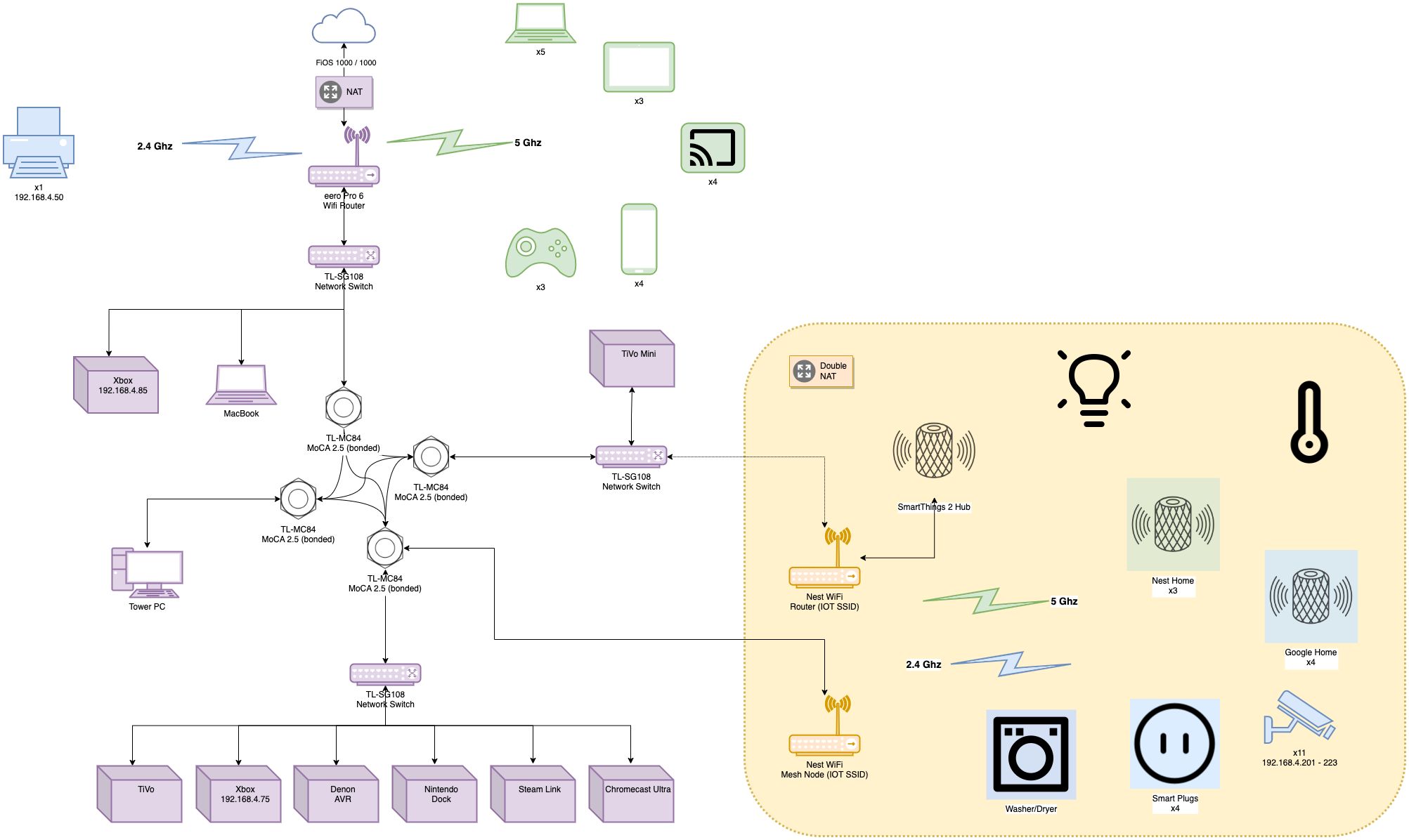Introduction
Have you ever wondered what your local IP address is? Understanding your IP address is essential for troubleshooting network issues, setting up remote access, and configuring various network devices. Your IP address is like your home address on the internet, allowing different devices to communicate with each other.
But what exactly is an IP address? How does it differ from a public IP address? And how can you find your local IP address on different devices? In this article, we will explore these questions and provide a step-by-step guide to help you find your local IP address on Windows, Mac, Linux, Android, and iOS.
Before we dive into the specifics, let’s first clarify what an IP address is. IP stands for Internet Protocol, and an IP address is a unique numeric identifier assigned to each device connected to a network. It serves as a means of identification and location for devices within a network.
There are two main types of IP addresses: local and public. A local IP address is used within a local area network (LAN) to identify devices and facilitate communication between them. It is typically assigned by your router or network administrator and only works within the network. On the other hand, a public IP address is assigned by your Internet Service Provider (ISP) and is used to identify your network on the internet.
Now that we have a basic understanding of what an IP address is and the difference between local and public IP addresses, let’s explore how to find your local IP address on different devices. Whether you’re using a Windows computer, a Mac, Linux, or mobile devices such as Android or iOS, we’ve got you covered.
What is an IP address?
An IP address, short for Internet Protocol address, is a unique numerical label assigned to each device connected to a network. It serves as an identifier and locator for devices within a network, enabling them to communicate with each other.
The IP address is composed of a series of numbers separated by periods, such as 192.168.1.1. Each section of the IP address represents a different level of network hierarchy. The IP address system is based on the Internet Protocol (IP), which is a set of rules governing the format and transmission of data packets over the internet.
IP addresses can be classified into two types: IPv4 and IPv6. IPv4 addresses consist of four sets of numbers, each ranging from 0 to 255, separated by periods. For example, 192.168.1.1 is an IPv4 address. IPv6 addresses, on the other hand, are composed of eight sets of hexadecimal numbers, separated by colons. For instance, 2001:0db8:85a3:0000:0000:8a2e:0370:7334 is an IPv6 address.
IP addresses play a crucial role in the communication process between devices. When you access a website, for example, your device sends a request to the server hosting the website. This request includes your IP address, allowing the server to know where to send the requested data. Similarly, when someone tries to connect to your device, your IP address is used to establish the connection.
It’s important to note that IP addresses can be dynamic or static. Dynamic IP addresses are assigned by the network’s DHCP (Dynamic Host Configuration Protocol) server and change periodically. Static IP addresses, on the other hand, are manually configured and remain the same over time. Static IP addresses are typically used for network devices that require a consistent connection, such as servers.
Now that you have a better understanding of what an IP address is and its significance in network communication, let’s explore the difference between local and public IP addresses.
Understanding the difference between local and public IP addresses
When it comes to IP addresses, it’s important to understand the distinction between local and public IP addresses. The key difference lies in their scope and purpose within a network.
A local IP address is used within a local area network (LAN) to identify and communicate with devices. It is assigned by the router or network administrator and is only accessible within the network. Local IP addresses are commonly used in home networks, office networks, or any private network environment.
On the other hand, a public IP address is assigned by the Internet Service Provider (ISP) and is used to identify a network device on the internet. It serves as the gateway between your local network and the vast internet. With a public IP address, your device can establish connections with devices outside your network and access online resources.
Local IP addresses are typically composed of private IP ranges defined by the Internet Assigned Numbers Authority (IANA). The most common private IP ranges are:
- IPv4: 192.168.0.0 to 192.168.255.255
- IPv4: 172.16.0.0 to 172.31.255.255
- IPv4: 10.0.0.0 to 10.255.255.255
- IPv6: fc00::/7
These private IP ranges are reserved for internal use and cannot be routed on the internet. When devices within a local network communicate with each other, they use their local IP addresses. This allows for seamless data exchange and resource sharing among devices within the network.
Public IP addresses, on the other hand, are unique to each network and allow devices to connect to the internet. When you access a website or send an email, your device uses your public IP address to establish communication with external servers.
It’s worth noting that certain technologies, such as Network Address Translation (NAT), are used to enable multiple devices within a local network to share a single public IP address. NAT acts as a mediator, translating between the local IP addresses and the public IP address, allowing for internet connectivity.
Understanding the difference between local and public IP addresses is essential for troubleshooting network issues, setting up remote access, and configuring network devices. In the next sections, we will explore how to find your local IP address on different devices, including Windows, Mac, Linux, Android, and iOS.
How to find your local IP address on Windows
On Windows computers, there are several methods to find your local IP address. Here are three simple ways:
- Using the Command Prompt: Press the
Win + Rkeys to open the Run dialog box. Type incmdand press Enter to open the Command Prompt. In the Command Prompt window, typeipconfigand press Enter. Look for the IPv4 Address under the appropriate network adapter (e.g., Ethernet adapter or Wi-Fi adapter). The number displayed next to IPv4 Address is your local IP address. - Using the Network and Sharing Center: Open the Control Panel by searching for it in the Start menu. In the Control Panel, select “Network and Internet” and then “Network and Sharing Center.” On the Network and Sharing Center page, click on the connection type (e.g., Ethernet or Wi-Fi). In the new window, click on the “Details” button. Look for the IPv4 Address, which represents your local IP address.
- Using the Settings App: Open the Start menu and click on the “Settings” icon (represented by a gear). In the Settings window, select “Network & Internet.” On the left sidebar, click on “Wi-Fi” or “Ethernet,” depending on your connection type. On the right side, under the “Network status” section, click on “View your network properties.” Scroll down until you find the IPv4 address, which is your local IP address.
When using any of these methods, keep in mind that you may have multiple network adapters (e.g., Ethernet, Wi-Fi, virtual adapters). Make sure to find the local IP address corresponding to the active network connection you are using.
Knowing your local IP address on Windows can be helpful for various purposes, such as accessing network resources, setting up port forwarding, or configuring network applications. It provides you with the necessary information to establish connections within your local network.
Now that you know how to find your local IP address on Windows, let’s move on to discovering how to find it on Mac.
How to find your local IP address on Mac
On a Mac computer, you can easily find your local IP address using the following methods:
- Using System Preferences: Click on the Apple menu in the top-left corner of the screen and select “System Preferences.” In the System Preferences window, click on “Network.” On the left sidebar, select the connection type you are using, such as Wi-Fi or Ethernet. Under the “Status” section, you will find your local IP address listed as “IPv4 Address.”
- Using Terminal: Open the Spotlight search (Command + Space) and type “Terminal” to open the Terminal application. In the Terminal window, type the command
ifconfigand press Enter. Look for the active network interface (e.g., en0 for Wi-Fi or en1 for Ethernet). Your local IP address will be listed as “inet.” - Using Network Utility: Open the Spotlight search (Command + Space) and type “Network Utility,” then open the Network Utility application. Click on the “Info” tab and select the network interface from the drop-down menu (e.g., Wi-Fi or Ethernet). Your local IP address will be displayed next to “IPv4 Address.”
It’s worth mentioning that different versions of macOS may have slightly different interfaces or menu names, but the general steps should remain consistent.
Knowing your local IP address on a Mac is essential for various networking tasks, such as accessing shared network resources, configuring network settings, or troubleshooting connectivity issues. It allows you to establish connections within your local network and access devices and services hosted on it.
With these methods, you can easily find your local IP address on a Mac computer. Now, let’s move on to the next section to learn how to find your local IP address on Linux.
How to find your local IP address on Linux
On Linux-based systems, finding your local IP address can be accomplished using various methods. Here are a few commonly used ways:
- Using the ifconfig Command: Open the terminal application. Type the command
ifconfigand press Enter. You will see a list of network interfaces and their respective IP addresses. Look for the section corresponding to the network adapter you are using, such as eth0 for Ethernet or wlan0 for Wi-Fi. Your local IP address will be listed as “inet.” - Using the ip Command: Open the terminal application. Type the command
ip addrand press Enter. This command provides detailed information about all network interfaces on your system. Look for the network adapter you are using and find the line starting with “inet.” The IP address following “inet” is your local IP address. - Using the Network Manager: Many Linux distributions provide a graphical network manager tool that displays network settings. Look for the network icon in the system tray and click on it. Select the appropriate connection type (e.g., Wi-Fi or Ethernet) and navigate to the settings or information section. Your local IP address should be listed there.
The commands and methods mentioned above should work on most Linux distributions. However, it’s important to note that different distributions may have slight variations in command syntax or network configuration tools. Consult your specific distribution’s documentation for more precise instructions if needed.
Having knowledge of your local IP address on Linux is vital for networking tasks such as configuring network services, setting up remote access, or troubleshooting network issues. It enables you to establish connections within your local network and access network resources hosted on it.
Now that you know how to find your local IP address on Linux, let’s move on to discovering how to find it on Android devices.
How to find your local IP address on Android
On Android devices, there are a few methods to find your local IP address. Here’s how you can do it:
- Using Wi-Fi Settings: Open the Settings app on your Android device. Look for the “Wi-Fi” or “Wireless & Networks” option and tap on it. Find the name of the connected Wi-Fi network and tap on it. A window will appear with detailed information about the network. You will find your local IP address listed as “IP address.”
- Using Network Information App: Install a network information app from the Google Play Store, such as “Network Info II” or “IP Tools: Network utilities.” Open the app and it will display various network information, including your local IP address.
- Using Terminal Emulator App: Install a terminal emulator app from the Google Play Store, such as “Termux” or “JuiceSSH.” Open the app and type the command
ip addr showand press Enter. Look for the network interface you are using, such as “wlan0” for Wi-Fi. Your local IP address will be listed as “inet.”
Keep in mind that the steps may vary slightly depending on the Android device model and the version of Android you are using. The general concept of navigating to the Wi-Fi settings or using network information or terminal emulator apps should still apply.
Knowing your local IP address on an Android device can be helpful for various purposes, such as accessing shared files, configuring network settings, or troubleshooting connectivity issues. It allows you to establish connections within your local network and access devices and services hosted on it.
Now that you know how to find your local IP address on Android, let’s move on to discovering how to find it on iOS devices.
How to find your local IP address on iOS
On iOS devices, finding your local IP address is a straightforward process. Here’s how you can do it:
- Using Wi-Fi Settings: Open the Settings app on your iOS device. Tap on “Wi-Fi” to access the Wi-Fi settings. Find the name of the connected Wi-Fi network and tap on the “i” icon next to it. A details page will appear with information about the network. Your local IP address will be listed as “IP Address.”
- Using Network Utilities App: Install a network utilities app from the App Store, such as “Network Analyzer,” “Fing,” or “IP Tools.” Open the app and allow it to access your network information. Look for the “Network Details” or similar section, where you will find your local IP address listed.
- Using Terminal Emulator App: Install a terminal emulator app from the App Store, such as “Termius” or “iSH.” Open the app and type the command
ifconfigorip addr showand press Enter. Your local IP address will be displayed as “inet.”
The exact steps may vary slightly depending on the version of iOS you are using or the specific network utilities or terminal emulator apps you have installed. However, the general idea remains the same.
Knowing your local IP address on an iOS device can come in handy for various networking tasks, such as accessing network resources, configuring devices, or troubleshooting network issues. It allows you to establish connections within your local network and access devices or services hosted on it.
Now that you know how to find your local IP address on iOS, let’s move on to exploring how to find it using the command line on any operating system.
Using the command line to find your local IP address
If you prefer using the command line interface (CLI), you can find your local IP address using the following methods, applicable to various operating systems:
- Windows: Open the Command Prompt by pressing the
Win + Rkeys, typingcmd, and pressing Enter. In the Command Prompt window, typeipconfigand press Enter. Look for the “IPv4 Address” under your active network adapter; this is your local IP address. - macOS/Linux: Open the terminal application. For macOS, press Command + Space to open Spotlight and search for “Terminal.” For Linux, use the shortcut Ctrl + Alt + T or search for “Terminal” in the applications menu. In the terminal window, type the command
ifconfigorip addr showand press Enter. Look for the “inet” or “inet addr” section, which displays your local IP address.
Using the command line to find your local IP address provides a quick and direct method for obtaining this information. It is particularly useful for advanced users or when you prefer a text-based interface over graphical user interfaces.
Regardless of the operating system, the command line approach allows you to easily retrieve your local IP address without relying on specific GUI menus or applications.
Now that we have covered different methods to find your local IP address on different operating systems, let’s explore why knowing your local IP address is important.
Why knowing your local IP address is important
Understanding and knowing your local IP address is essential for various reasons. Here are a few key reasons why it is important:
- Network Configuration: Knowing your local IP address allows you to configure network settings, such as setting up port forwarding for specific applications or devices, configuring network firewalls, or assigning static IP addresses to devices within your network.
- Network Troubleshooting: When experiencing network issues, knowing your local IP address can help in troubleshooting. It allows you to diagnose problems, pinpoint connectivity issues, and determine whether the issue lies with the network or a specific device within the network.
- Accessing Network Resources: Your local IP address is required to access shared network resources, such as file shares, printers, or media servers. With the knowledge of your local IP address, you can access these resources directly from other devices within your network.
- Setting up Remote Access: If you need to remotely access your devices or network services, knowing the local IP address is crucial. It enables you to establish secure connections and access your network resources from outside your local network, such as accessing your home computer while you are away or managing network devices remotely.
- Network Security: Understanding your local IP address can help you enhance network security. It allows you to identify and monitor the devices connected to your network, detect any unauthorized access or intrusions, and take appropriate security measures to protect your network and data.
Knowing your local IP address is not only beneficial for network administrators and IT professionals but also for regular users who want to manage their network devices, troubleshoot connectivity issues, or enhance the security and accessibility of their network.
By familiarizing yourself with your local IP address, you gain greater control over your network, improve troubleshooting capabilities, and enable efficient utilization of network resources.
In the next section, we will provide a brief recap of the information covered in this article.
Conclusion
In this article, we explored the concept of IP addresses and the difference between local and public IP addresses. We discussed how an IP address serves as a unique identifier and locator for devices within a network. Local IP addresses are used within a local area network (LAN) to facilitate communication between devices, while public IP addresses are assigned by the Internet Service Provider (ISP) and allow devices to connect to the internet.
We provided step-by-step guides on how to find your local IP address on various operating systems. For Windows, we explored methods such as using the Command Prompt, Network and Sharing Center, and Settings app. On macOS, we discussed using System Preferences, Terminal, and Network Utility. Linux users can find their local IP address through the terminal by using commands like ifconfig or ip addr show. Android and iOS users can find their local IP addresses through their respective device settings or by using network information apps or terminal emulator apps.
We highlighted the importance of knowing your local IP address, such as enabling network configuration, troubleshooting network issues, accessing network resources, setting up remote access, and enhancing network security.
By understanding and knowing your local IP address, you can effectively manage your network, troubleshoot connectivity problems, and ensure secure and efficient access to network resources.
We hope that this article has provided you with the necessary information to find and utilize your local IP address effectively within your network.







